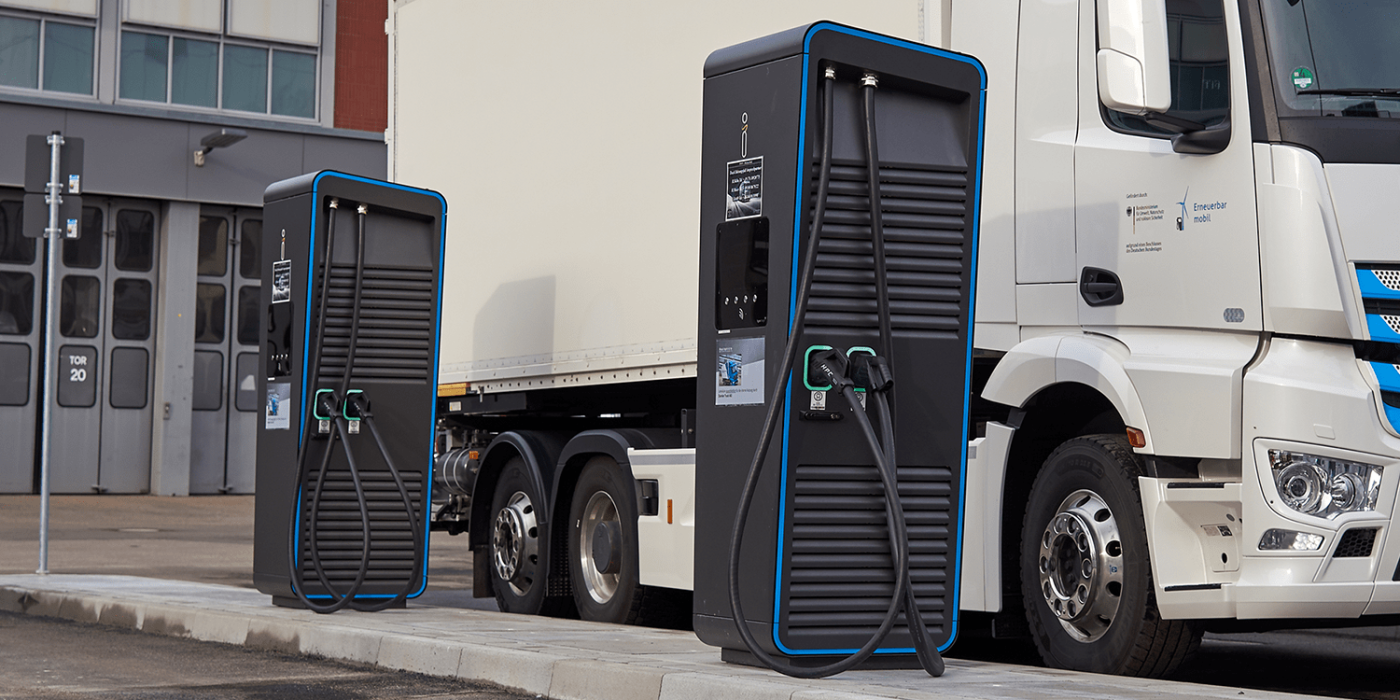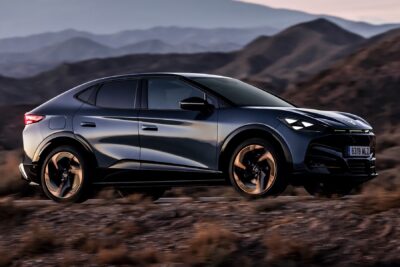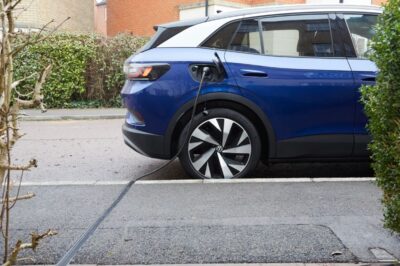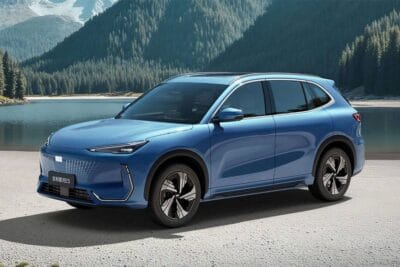Daimler T&B launches worldwide charging initiative
The E-Mobility Group from Daimler Trucks & Buses is launching a worldwide initiative to establish a charging infrastructure for battery-electric trucks. The focus of the “eTruck Charging Initiative” will initially be on charging stations installed at the depots of truck customers.
The E-Mobility Group is bringing together the main players in the initiative to drive forward joint infrastructure solutions for electric truck customers within the network. These are electric truck customers, power grid operators, energy suppliers, as well as charging hardware manufacturers and charging software provider.
The current focus of activities is still on the USA and Europe, however Japan is already being lined up as the next market to follow. The first workshops are already underway. The first joint pilot projects for setting up charging infrastructure in truck depots have also been implemented or are in preparation.
The earlier the energy suppliers and network operators know what requirements customers have of the infrastructure, the faster and more efficiently they can set it up. The initiative’s measures, therefore, include the development of standard concepts to cover common charging profiles. Different energy suppliers can make use of these concepts, which should significantly reduce their planning time. In addition, standardised and optimised forms from the network operators would speed up approval procedures. Furthermore, the initiative would address, among other things, the best possible design of the interfaces between charging infrastructure, vehicle and network, as well as the control options for the network load and thus the securing of the power supply. In rural regions and where there is a high demand for electricity, it is also important to ensure charging reliability, which is another of the initiative’s topics.
“From our point of view, depot charging at the truck customers’ depots represents the first and most important step towards entering the world of e-mobility. This means that the current fields of application for electric trucks in connection with urban distribution traffic can already be covered and the infrastructure can be ideally adapted to the logistics provider’s processes, resulting in the lowest possible charging costs,” says Gesa Reimelt, Head of the E-Mobility Group Daimler Trucks & Buses. And he continues: “Depending on how the trucks are used, opportunity charging is also an option for extending their range, for example at the unloading or loading point where the electric trucks stop anyway. In the future, public charging at publicly accessible stations along central transport routes will also be an important aspect – a comprehensive charging infrastructure maximises the operating range of battery-electric trucks”.
Launched last year by the E-Mobility Group, the ecosystem for easy entry into e-mobility is made up of three areas: First, the central question clarified together with the customer concerns the application profiles and e-truck routes that are already suitable today. To this end, the E-Mobility Group rolls out the free “eTruck Ready” app. This application uses existing routes to determine a “realistic and meaningful usage profile” for customers’ electric trucks. Fleet managers can add important parameters such as the charge states and outside temperature later. From this data, the program determines the respective range and the expected power consumption of a suitable electric truck. The charging processes of electric fleet vehicles are another central factor that must be integrated into the operating process. For this reason, another focus of the consulting service is the analysis of the depots and the corresponding conception of a suitable infrastructure including intelligent charging solutions. The third area deals with the optimisation of the total cost of ownership (TCO). Here, the experts of the E-Mobility Group discuss, among other things, the possibilities of public funding for infrastructure.
Since 2018, the E-Mobility Group has been pooling the worldwide expertise of Daimler Trucks & Buses in the field of e-mobility and defining the strategy for electric components and products across brands and segments. The E-Mobility Group is developing a globally uniform electric architecture – analogous to the global platform strategy for conventional vehicles. This would enable maximum use to be made of synergies and investments to be optimally deployed. The goal is to make e-mobility economical in terms of TCO as well. The E-Mobility Group is globally positioned; its employees work at several locations in the company’s worldwide development network, including Portland, USA, Stuttgart, Germany and Kawasaki, Japan.
With reporting by Daniel Bönnighausen, Germany.





0 Comments